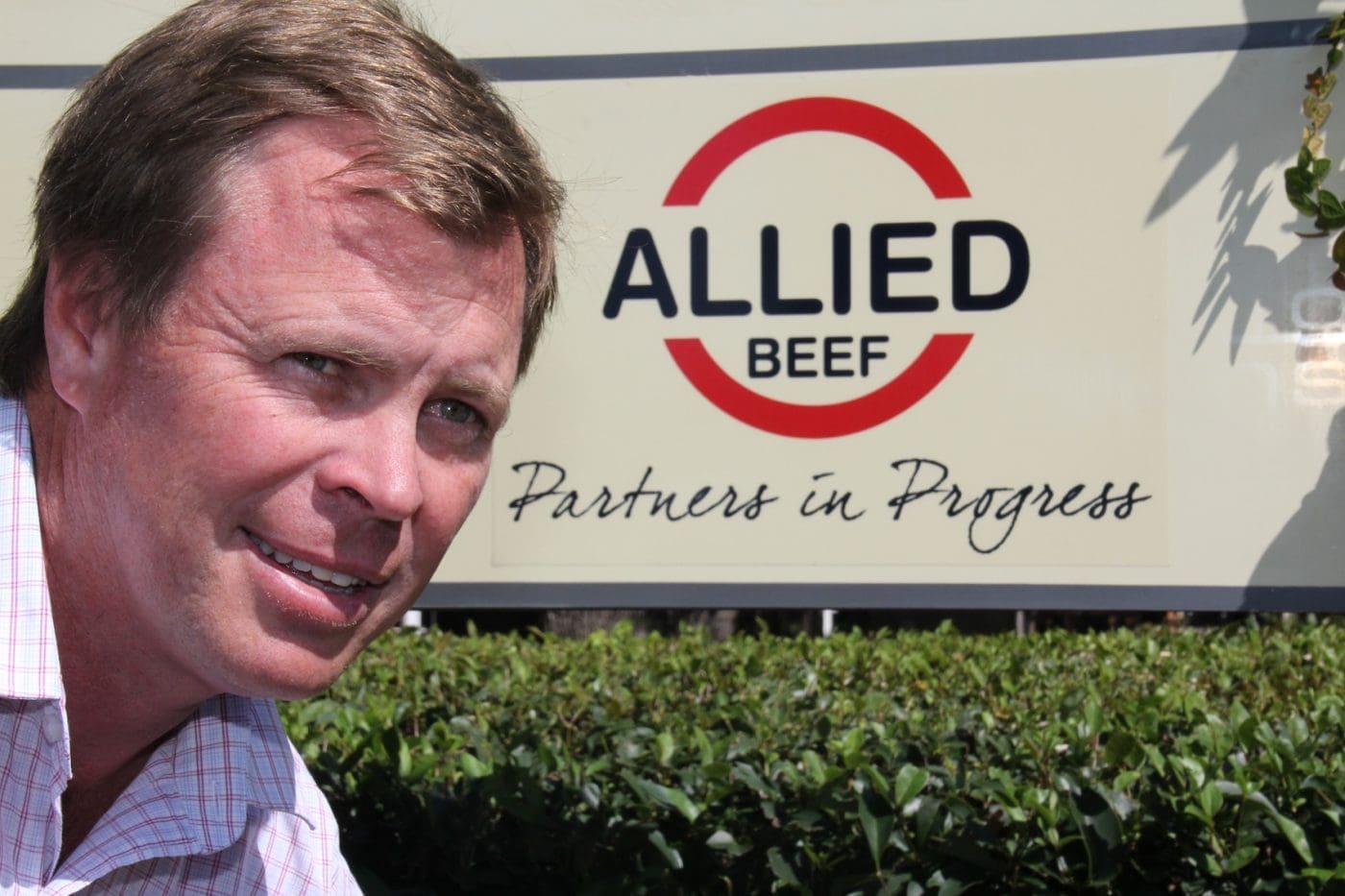A growing number of cattle producers have joined dedicated customer-focused supply chains in recent years with a view to increasing their marketing power and aiming to share in the benefits of greater economies of scale.
But now that cattle prices have shot up, is that trend likely to continue?
One leading cattle supply chain operator told a beef field day yesterday he believes it will, based on the higher returns that are still available to producers in targeted supply chains compared to those selling into the spot market.
Speaking at the inaugural Darling Downs Beef Xpo yesterday, Allied Beef managing director James Maclean said producers can achieve more working as a team than as individuals competing against each other.
He noted that feeder steers had risen in value from $600 two years ago to $1200 today. So if a producer’s income has doubled in that time, why would they make a change to enter a supply chain now?
To illustrate the answer, Mr Maclean said a quick analysis of prices available on the Darling Downs yesterday revealed a 63c/kg difference, or $174 per head variance, in the money available for one typical category of cattle across four different plants with four different delivery options.
Those producers receiving the top money were supplying cattle into a particular processors’ branded supply chain. While those producers had some protocols and certification requirements to meet, they were not beholden to particular commercial limitations, such as organic requirements. The production protocols involved were “probably what 90pc of cattle producers already do”, Mr Maclean said.
The difference in the money available reflected the ongoing value of being part of customer-focused supply chains, Mr Maclean said.
‘some family companies are getting $174 a head more than someone else is getting for the same cattle’
“While we are all very jovial about where the prices are, some family companies are getting $174 a head more than someone else is getting for the same cattle,” Mr Maclean said.
“Those producers have looked at the different market opportunities that are there, and they have have identified that their production system fits with one of the meat companies’ supply chain expectations or requirements.
“That company is in the international market place, they are presenting their beef with this known production system, with known traceability and knowledge of how the beef is produced, and that company is paying that much more for that product.
“That is a cracking example of the benefit of being part of a supply chain and the financial rewards that come with that.
“It shows that the market has the capacity through working collectively to make a beast worth essentially 10-15pc more than the current market through acting as a supply chain.”
More public examples included the supply chains developed by the major supermarkets which have paid premiums to contracted producers for more than 20 years to ensure they receive a consistent product 365 days a year.
Nearly every processor was now starting to work with their suppliers in similar ways, Mr Maclean said.
“That is certainly the exciting opportunity that people have been presented with at the moment. They can look at different opportunities, and look at how they can become part of a supply chain and what additional revenue or risk management tools. They can price a product from six months out if you choose.
“It is just a changing of the system, and to me it offers tremendous advantages.”
A key question for individual cattle producers to consider was how to become relevant to a large processor handling 1000 cattle a day, or 250,000 plus cattle a year.
An individual producer who is one of thousands supplying that plant with cattle through the spot market would not be missed. But individual producers who are part of a collective group supplying the same plant with 30,000 cattle throughout the year were in a unique position to negotiate premiums or other benefits in return for meeting the production requirements of that customer.
As supply chain communities continue to develop and grow, Mr Maclean predicts that those producers will receive a greater share of what processors spend on cattle each year while those in the sport market will be increasingly discounted over time.
The Allied Beef supply chain manages in excess of 80,000 cattle on a network of more than 40 cattle properties owned by individual producers across eastern Australia. Some of the cattle in the Allied supply chain are owned by Allied itself and some are owned by the individual producers on whose properties the herd is run.
Allied Beef pre-vaccinates all cattle in its supply chain which provides a further source of premiums for cattle involved in the herd.
Mr Maclean said the company was not married to any one individual customer and rather looked to meet the production protocols of a range of different supply chains.
“We’re not 100pc exclusive and saying we will only deal with one, we are looking at the market and the opportunities that are there.”

